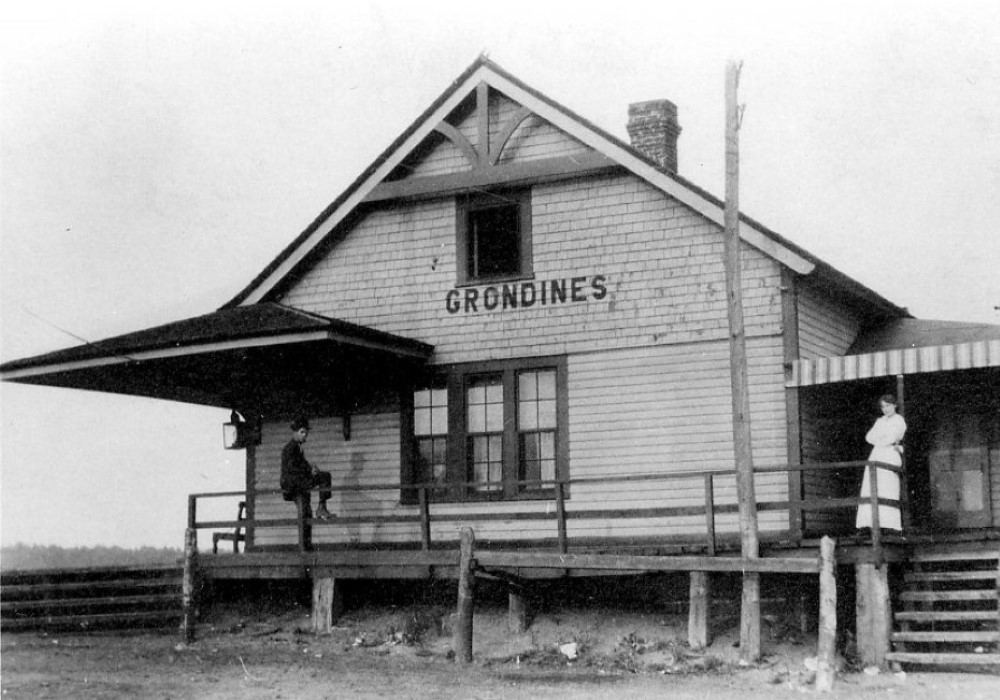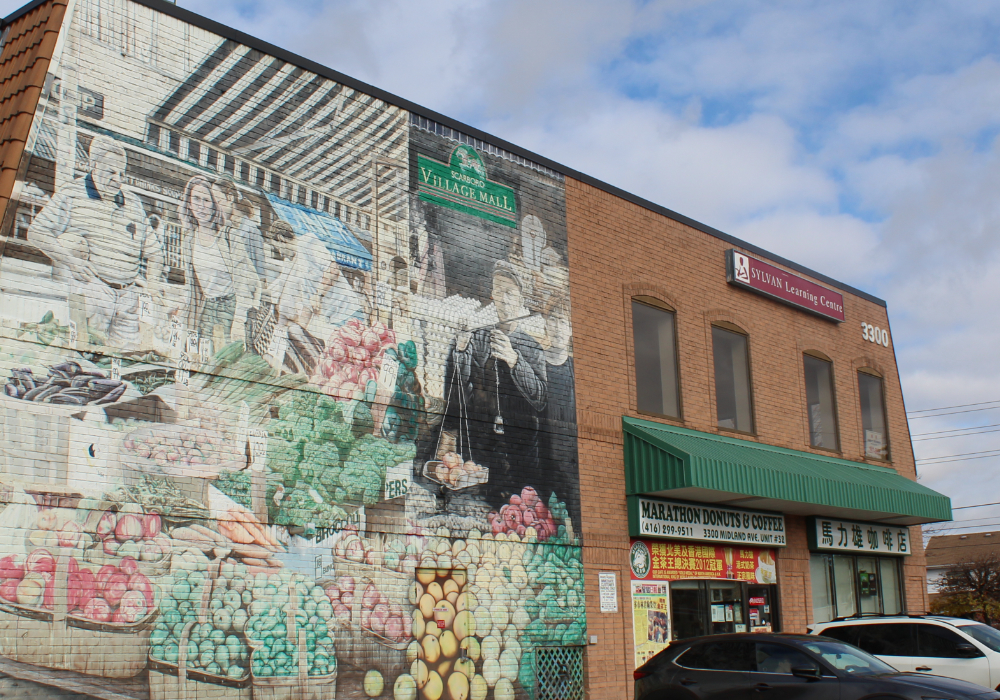
In 1908, Brooks and Scanlon, lumbermen from Minnesota, realized the power generation potential of the 188 foot waterfall which fell from Powell Lake and decided to build and operate the first pulp and paper mill on the west coast of Canada. They incorporated the Powell River Paper Company in 1909; the mill was constructed and operations began. In 1912 the first roll of saleable newsprint was produced.
“The Company” as it was known locally constructed all the amenities needed to attract and retain workers and their families including housing, a shopping facility, school hospital, and social and recreational facilities. The international face of the workers comprised a United Nations of employees, each one leaving their mark on the town.
Log sorters, lumber graders, sawyers and filers, jigger man, stone sharpener, cook, acid maker, blow pit operator and a myriad of other skills including tinsmith, blacksmith, patternmaker, and bricklayer skills were honed and sharpened to make top quality paper and newsprint.
These skills and occupations are quickly disappearing and being forgotten as technological changes and market forces change forever the face of what at one time was the Powell River Company.
Known today as Catalyst Paper Corporation, this mill still produces paper in Powell River, but without many of the skills and occupations listed above and the sheer number of workers who made up the United Nations of employees. Machinery is now computerized, many human skills are now duplicated by robots, and the gut-feelings that were the sensors of quality control practiced by years of hands-on experience is not passed on through Human Machine Interfaces.
This Community Stories exhibition features 400 oral history tapes of employees who worked at some of the above jobs, and by marrying the spoken word with texts and photographs, the story of what it was like to work in a pulp and paper mill in an earlier time is told.
In 2010 the community celebrates a hundred years since the beginning of this industry. Many changes within the plant site as well as changes in the make up of the town surrounding it are documented within this Community Stories exhibit.

